Remote, car-free, steep and serene, Sicily’s Alicudi isle is perfect for a no-frills, unplugged retreat, but its mind-bending past gives a different meaning to the phrase “day-trippers.”
There are no roads, no boutiques, no cigarette vendors nor ATMs. Only thousands of stone steps lit by the stars, a dozen tireless donkeys to carry bags and a few residents who keep to themselves.
They hide a secret.
“See that pink villa over there, overlooking the pebble beach?” says local Giulia Russo, owner of Golden Noir café, as she nods towards a building with white columns and a sea-view terrace surrounded by huge ancient millstones.
“That used to be the old village gristmill where hallucinogenic bread was made every morning by local housewives. Clouds of psychedelic drug grain dust survived for decades in there.”
The mill, now turned into a cozy resort called Casa Mulino, lures tourists to the most isolated and mystical of the volcanic Aeolian islands, off Sicily’s northern coast.
The ‘crazy rye’
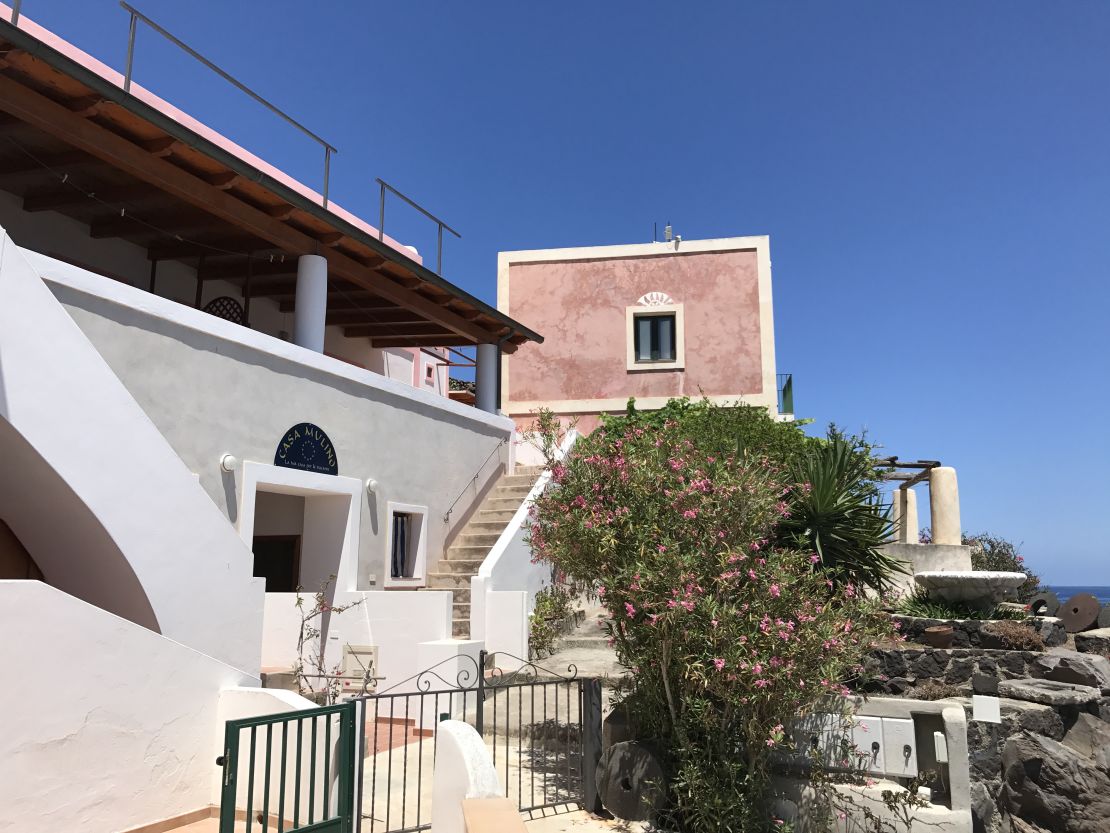
Nowadays, visitors are addicted to Alicudi’s primitive vibe, crystal-clear water, bright dwellings and the picturesque harbor lined with tiny fishermen boats.
But for centuries, ever since the first settlers landed in the 1600s, oblivious island dwellers got their kicks from their daily bread.
Until as recently as the 1950s, locals ate bread contaminated by a mind-blowing rye fungus called “ergot,” fostered by sultry weather.
Ergot is the base element of LSD.
Before Swiss scientist Albert Hofmann chemically synthesized the drug in 1938, Alicudi was a “natural” lab where the narcotic fungus wreaked havoc on the population.
Generations of villagers were fed on so-called “crazy rye” or “horned rye,” named after the pointed black ends similar to devil horns the fungus produces on rye ears.
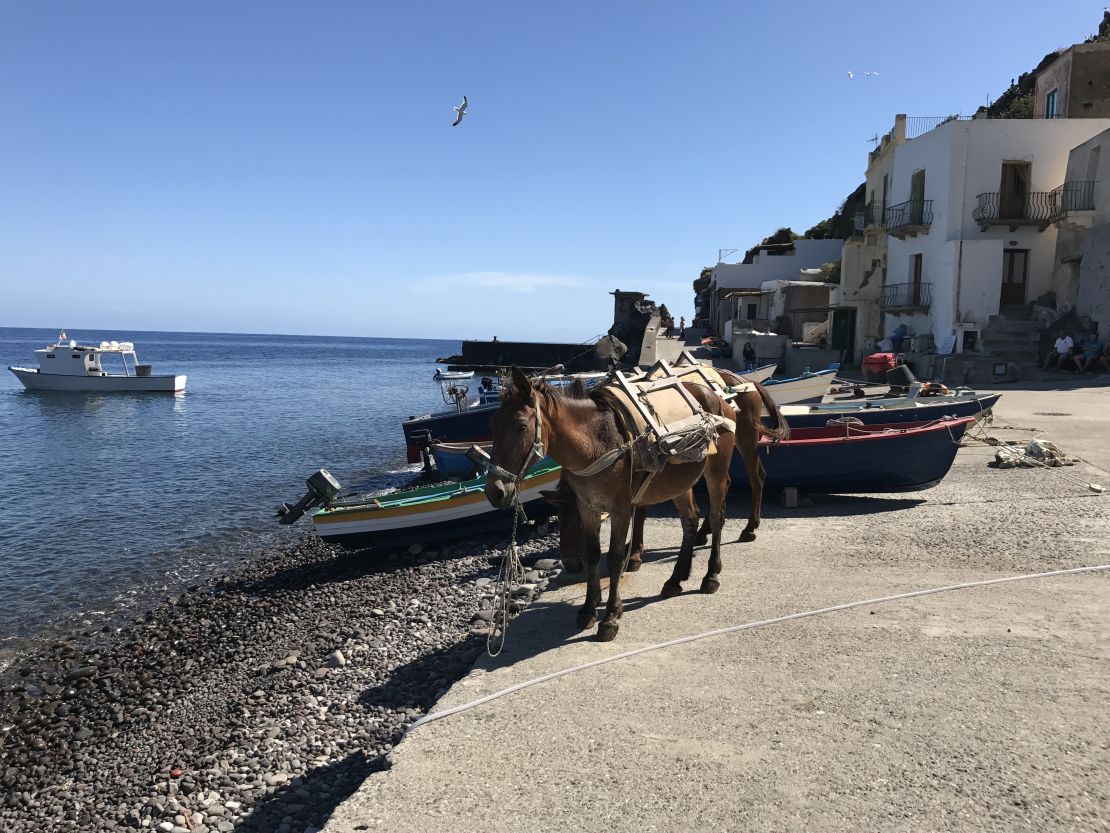
Village women would prepare the hallucinogenic bread each morning, serving kids and husbands their daily dose of LSD. All islanders got high without even knowing it.
Long-term ergot poisoning can cause ergotism, which induces gangrene and convulsive symptoms including mania and psychosis.
“It was a diet mistake, a bad eating habit triggered by poverty, isolation and ignorance of hygiene,” says local historian Pino La Greca.
“The first harvests were scarce and food was precious so nothing was thrown away, even rotten bread and pasta covered in mold were eaten.
“Scarcity of other alternative food sources and humidity produced this nasty fungus that when ingested caused mass hallucinations, hysteria, hypnosis and autosuggestion.”
Flying women, donkey-men and ghosts

Feeding on crazy bread made people fall into trances, losing consciousness. Visions and mental trips were daily adventures.
Legends flourished of flying women, dubbed “maiara,” meaning “sorceress” in Aeolian dialect.
At night, these witches would stare at the mirror, cover their bodies with a special ointment and fly together across the sea on shopping sprees to Sicily’s Palermo and to mainland Calabria.
Almost starving to death at home, they’d come back with bags stuffed with food and treats they could only dream of.
Cruel sorceresses would straddle the bows of fishing boats to make them sink and cast “evil-eye” spells on enemies. But they also had the power to heal babies of stomach worms, say the stories.
Tales of talking hemp sacks, ghosts defecating behind shrubs, and of men turned into donkeys, cows and pigs are also popular.
“These people were on a LSD-induced trip 24/7, they spoke to each other and shared their visions, making real what was only in their minds,” says La Greca.
Pact with the devil
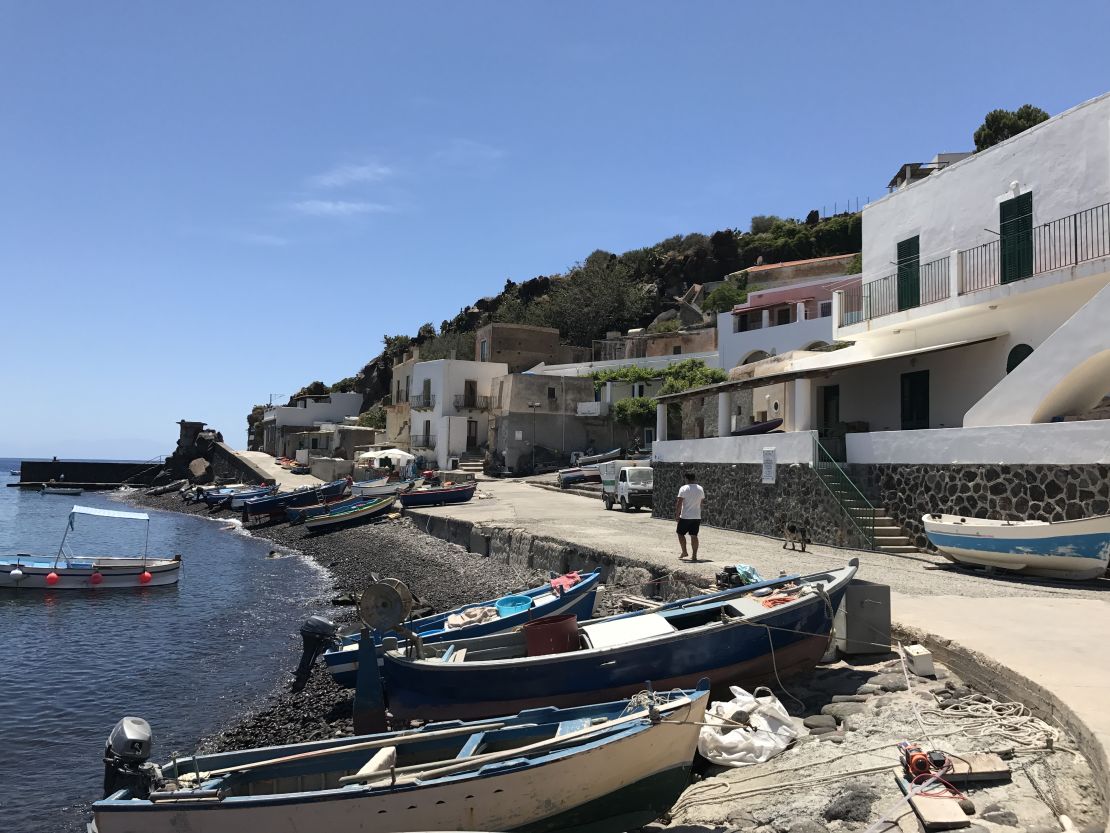
Some locals don’t believe in the “crazy rye” addiction. For them it was pure magic, a miracle.
“These are not fairytales,” swears Peppino Taranto, owner of the island’s only hotel, Ericusa.
“The last flying ‘maiara’ died in 1948. These women did fly, just didn’t need broomsticks. They would gather with other gliding ladies of the Aeolian archipelago and drift over the sea, having fun and partying on beaches. Even men flew. It was a sect of flying humans.”
Taranto even appealed to the Church and found proof it was all true.
“A bishop told me these people had made a pact with the devil in order to possess magical powers and fly, just like Simon the Sorcerer had done to confront St. Peter in the New Testament. He was Christianity’s first heretic whom Dante placed in the Divine Comedy’s Inferno.”
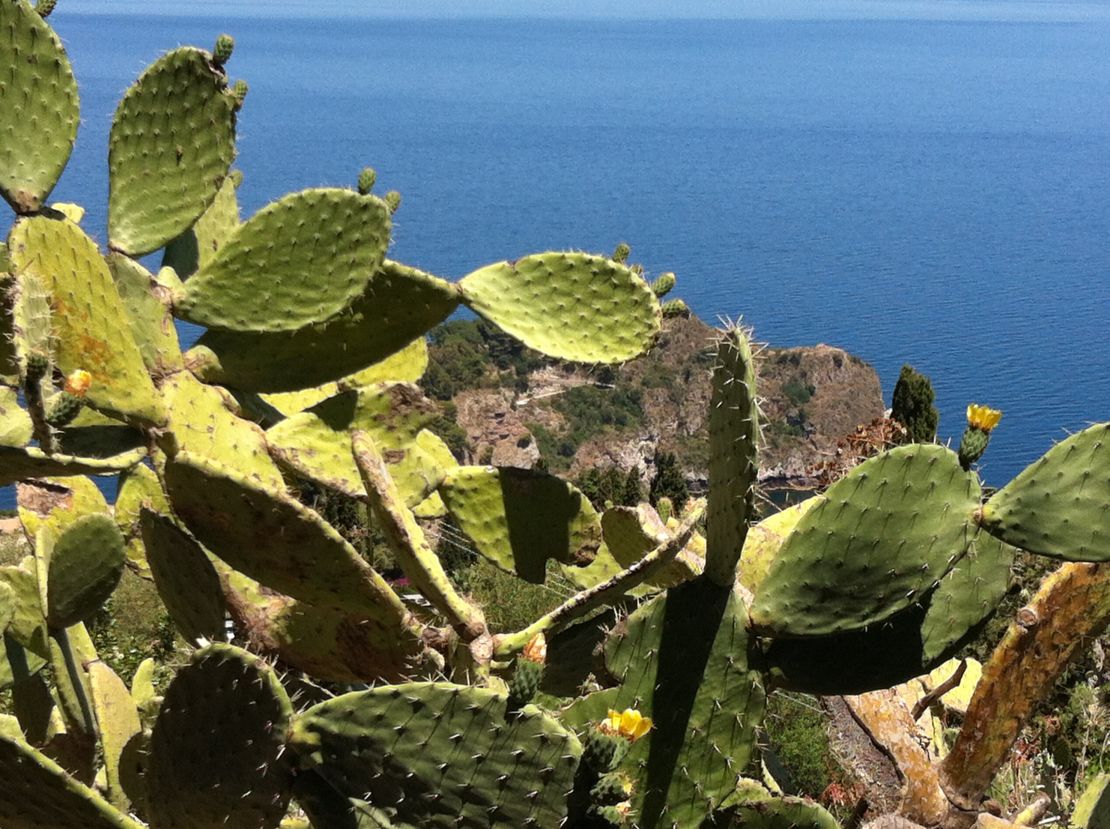
The flying villagers worshipped this Biblical magician, who one day crashed on Rome while soaring through the clouds. A few of Alicudi’s wannabe-witches fell off their balcony trying to leap for the sky.
As a kid, Taranto loved listening to the village elders at sunset, when they shared their visions atop brick walls covered in capers and prickly pears.
“Many saw these flying women, and several husbands were also angry that their wives led a double life,” he says.
Too bad most of the elders on Alicudi are dead, and those still alive – but now living on mainland Sicily – don’t want to talk about the isle’s hallucinogenic past.
Tornado-cutters

An exception to such “omertà,” the Sicilian code of silence, is fisherman and cook Silvio Taranto.
During the day he takes visitors on boat tours, while in the evenings he opens his house for exclusive seafood dinners and a few tales.
Once a year, he casts a spell. Silvio, 68, is a so-called “tornado-cutter.”
“There’s this ritual I do each Christmas Eve since I was 20. I say a special prayer that gives me the power to kill whirlwinds for 12 months straight,” he says. “But it’s a secret formula, I cannot unveil it otherwise it brings bad luck. In order to work, it can only be said on December 24, and then passed on to male sons.”
Clenching a knife between his teeth, Silvio then performs a series of gestures. He cuts the air with his hands, making zig-zags and cross signs. Or he uses the knife.
“Whenever I see a tornado approaching in the distance, I close my eyes and in three minutes it vanishes,” he says.
Whirlwinds were believed to be formed by a vortex of naughty flying women who wanted to punish their despotic husbands.
Silvio has had quite a few visions himself, even though the “crazy rye” is long gone.
“I was working on my plot of land one morning and all of a sudden, out of nowhere, I see the ghosts of a flying dog, bull and pig run over me,” he says.
Other tornado-cutters use different methods. They pull down their pants and vent out their fear to the storm. This power apparently lies in the buttocks of the first-born males only.
Opening the doors of perception

The witchy heritage is a visible trait of Alicudi.
The first thing that catches the eye when the ferry lands are the harbor walls painted with images of flying ladies dressed in long black robes, hair blowing in the wind, eyes shut and a smile on their faces. There is an eerie ambiance, and the shore is dotted with disquieting caves and mushroom-shaped grotto houses.
“Women here have always worked mad in the fields, tending crops under scorching suns and in poor living conditions. This remote isle was like a cage to them,” says Aeolian artist Loredana Salzano, who paints flying “maiare” sorceresses on hand-made ceramics and canvasses at her Alice Attònita studio in Lipari, the main Aeolian island.
“They were desperate, bored, hopeless. This forced them to open their doors of perception, to create an alternative mental world to fly to and hide.”
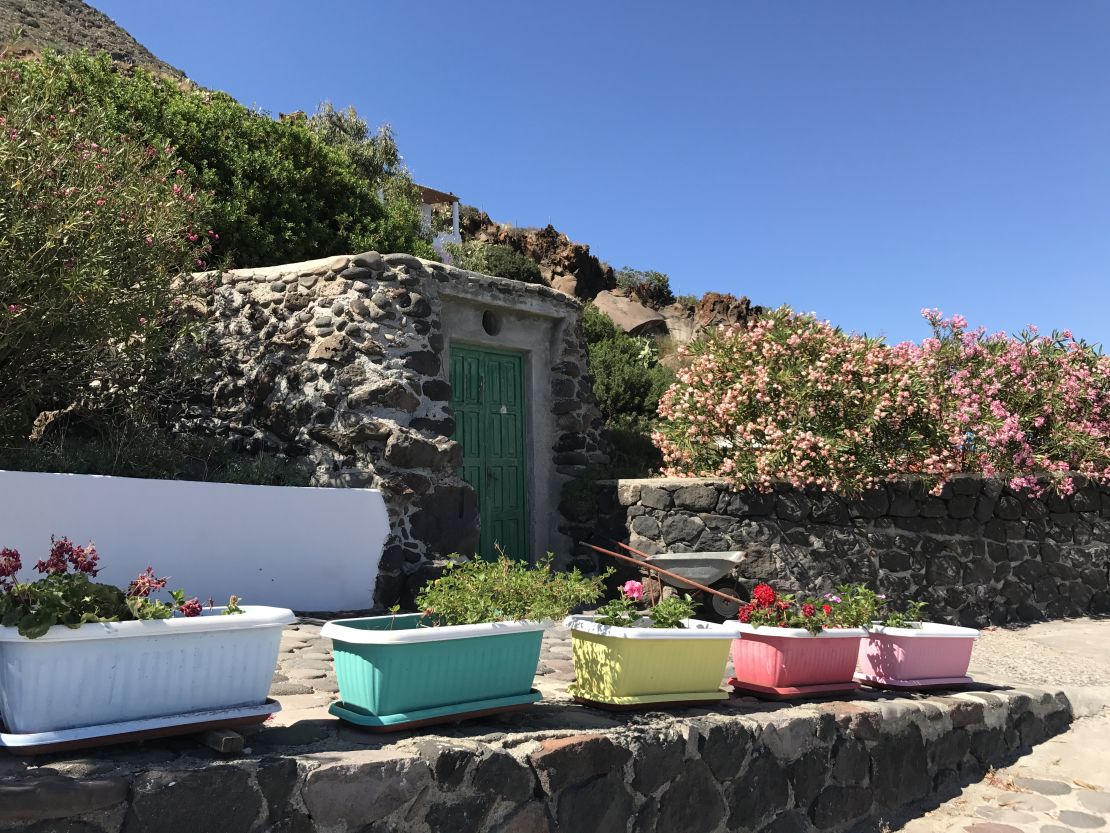
In the past Alicudi’s isolation was extreme, and even today there is no direct ferry.
Up until the 1970s only small boats could reach the shore. The desire to escape and the utter silence that sharpens meditation skills, topped with the magic fungus, induced locals to “live” in other dimensions.
“Anyone can exit the body and travel by astral means through the air. It’s part of our interior development,” says Vincenzo Anastasi, manager of Hotel La Canna on nearby Filicudi isle and a deep connoisseur of “parallel universes.”
“We are on this world to grow in love through body experiences, yet our body is only an instrument.”
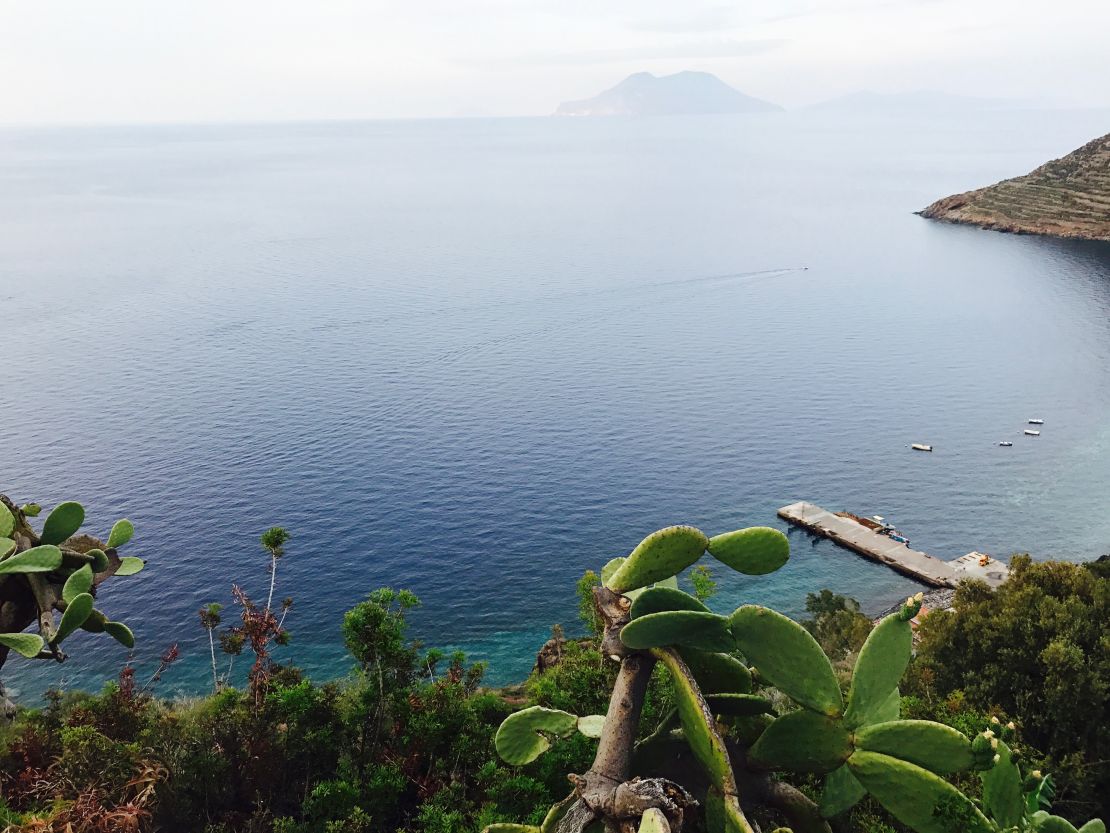
Spooky money-maker
The ancient Greeks first colonized Alicudi calling it Ericusa, the “purple island,” because of its abundance of indigo-colored heath that covers the extinct volcano crater.
The color purple, in Italian superstition, is a bringer of ill omen.
But despite its freaky atmosphere and past, Alicudi is a slice of paradise.
Travelers call it “Neverland,” a place frozen in time where a new life is possible. The lack of modern comforts is a luxury; prepare to stretch muscles on the 4,444 rough steps connecting the harbor to the houses.
The workout is rewarded by a breathtaking panorama from the village summit.
But the flying women have created a miracle of sorts – they’ve brought money.
Tourists come, some stay, T-shirts are made with the “maiara” logo. Clever residents exploit the legends to draw clients, like Rosita Barbuto, owner of a B&B.
“You bring me tourists, I tell you what I have seen and know of the sorceresses. No clients, no stories. These are delicate issues,” she says.
How to get there:
Fly to Catania, take a private transfer or bus to Milazzo port, ferry to Lipari island and then change for Alicudi
Silvia Marchetti is a Rome-based freelance reporter. She writes about finance, economics, travel and culture for a wide range of media including MNI News, Newsweek and The Guardian.















